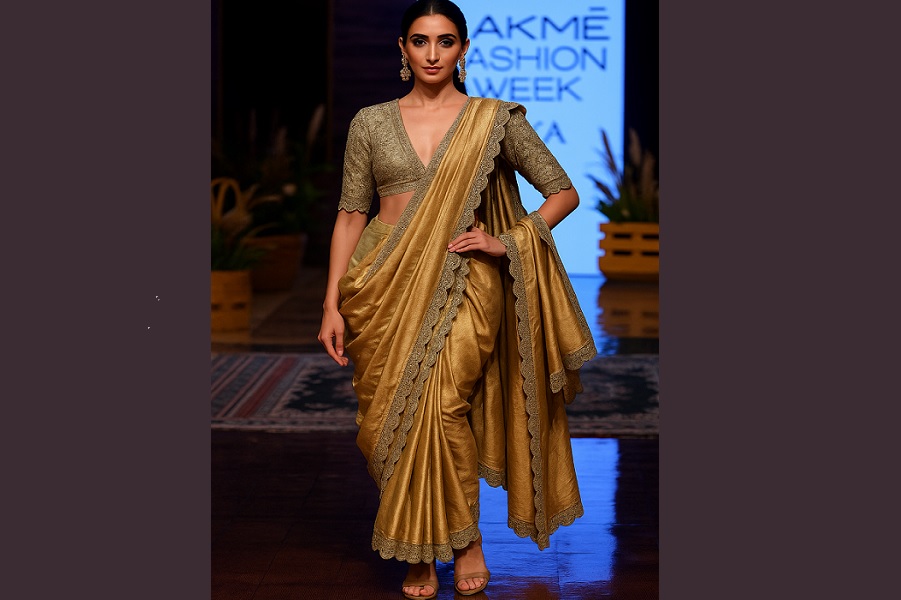
Follow us Now on Telegram ! Get daily 10 - 12 Interesting Updates. Join our Telegram Channel https://t.me/OhWomen
Download Telegram App before Joining the Channel
Lakmé Fashion Week x FDCI 2025 turned the spotlight on bold creativity, indigenous textiles, and modern silhouettes—delivering a powerful showcase of India's ever-evolving fashion identity.
Fusion of Heritage & Modernity
The 25th anniversary of Lakmé Fashion Week paid homage to India's rich textile traditions while embracing futuristic expressions. From handwoven Jamdanis and Zardosi to tech-inspired fabrics and sculptural forms, the runway echoed the harmonious marriage of old and new.
Key highlights included:
Velvet kurtas and structured dhotis that reimagined Bengal’s regal past.
Sustainable fashion powered by waste-to-wear design initiatives and circular textile innovation.
Khadi and naturally dyed fabrics were used to create geometry-inspired patterns rooted in nature and mindfulness.
Design Highlights Without Boundaries
Several standout collections demonstrated how fashion can tell deep, emotional stories.
Experimental lines explored themes like loss, joy, and nostalgia through fragmented silhouettes and layered textures.
Playful prints inspired by Himalayan folk tales, vintage circuses, and botanical life brought colour and character to the ramp.
Urban-chic streetwear with edgy tailoring, asymmetry, and monochrome tones stood out for their versatility and bold statements.
A Strong Sustainability Focus
One of the most remarkable takeaways from this edition was the fashion industry's growing commitment to sustainability. Designers embraced:
Upcycled fabrics
Zero-waste patterns
Natural dyes and traditional weaving techniques
Crafts like Saharanpur wood carving were ingeniously integrated into fashion details—making each garment not just stylish but meaningful.
Runway as Storytelling
Each showcase felt like a mini-theatrical performance:
Intricate lighting and moody soundtracks framed the garments as moving art.
Minimalist set designs allowed the craftsmanship and textiles to take center stage.
Fashion became narrative—inviting audiences to reflect on identity, memory, and ecology.
Source : Oh Women